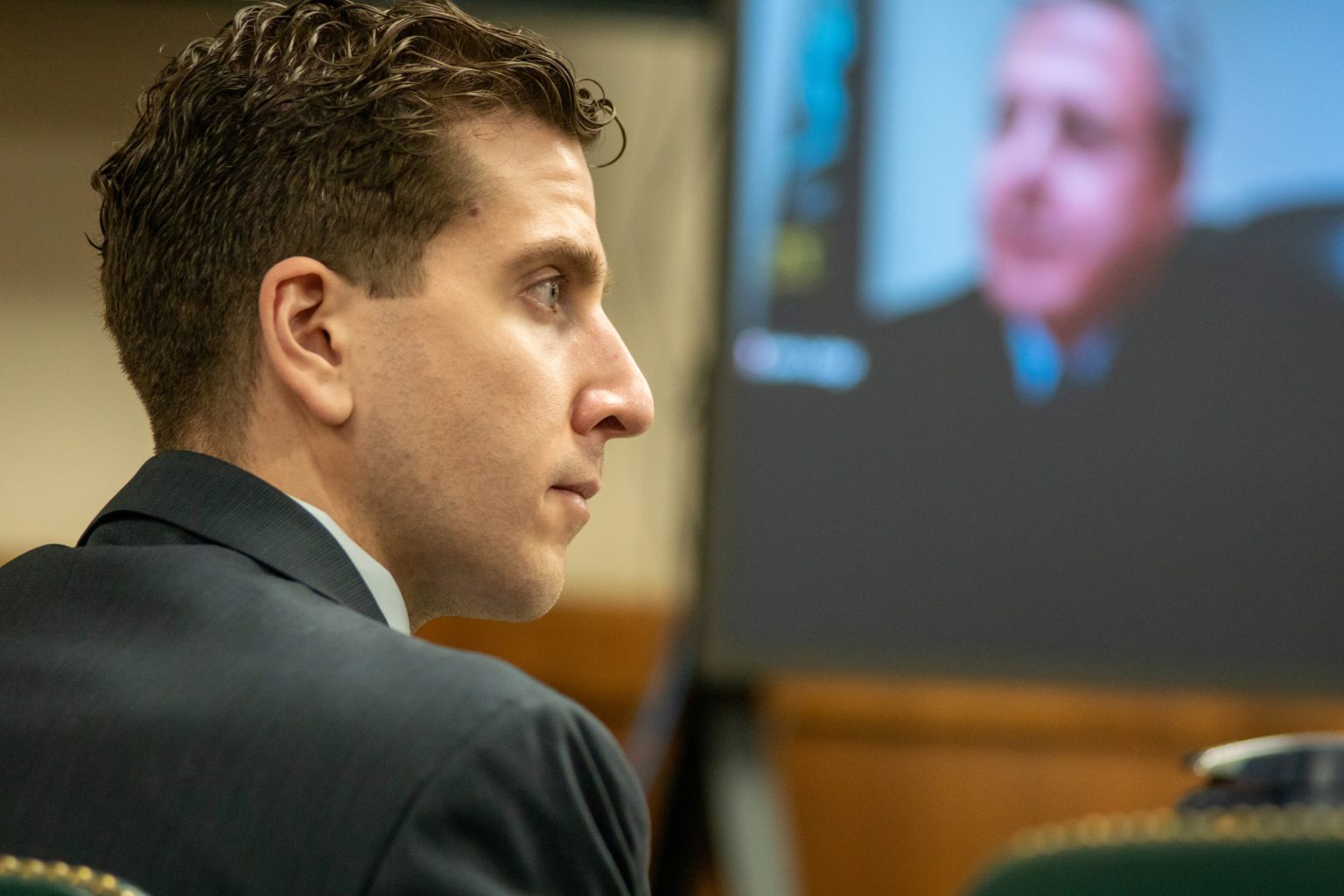The ongoing legal proceedings against Bryan Kohberger, accused of murdering four University of Idaho students, have intensified with a recent court hearing focusing on the credibility of a surviving roommate’s testimony and the admissibility of DNA evidence. Kohberger’s attorney, Anne Taylor, challenged the reliability of the eyewitness account, citing potential “memory problems” and uncertainty about whether the witness’s recollection of seeing Kohberger at the crime scene was real or a dream. This challenge strikes at the heart of the prosecution’s case, as the surviving roommate’s testimony could provide crucial details about the events of that night. The defense’s strategy appears to be centered on undermining the prosecution’s key witnesses and casting doubt on the strength of their evidence.
Taylor’s argument regarding the eyewitness testimony hinges on the witness’s admitted memory issues and the possibility that her recollection of seeing Kohberger was influenced by the traumatic events. The defense contends that the witness’s initial statement to police, where she reported hearing a victim running down the stairs, contradicts the official narrative presented in the probable cause affidavit, which places the victim’s death in an upstairs bedroom. This discrepancy, according to the defense, further weakens the witness’s credibility and raises questions about the accuracy of her memory. The defense is attempting to create reasonable doubt by highlighting inconsistencies and suggesting alternative interpretations of the witness’s account.
Beyond challenging the eyewitness testimony, Kohberger’s legal team also sought to exclude DNA evidence, arguing that its admission would violate Kohberger’s privacy rights. This move is a significant development in the case, as DNA evidence often plays a crucial role in criminal prosecutions, particularly in cases involving violent crimes. The defense’s attempt to suppress this evidence suggests a strategic effort to limit the prosecution’s ability to connect Kohberger directly to the crime scene. The admissibility of the DNA evidence will likely be a major point of contention in the upcoming trial.
The prosecution, represented by Idaho Deputy Attorney General Jeff Nye, countered the defense’s arguments, accusing Kohberger’s team of being “wishy-washy” about the DNA evidence. Nye’s response indicates the prosecution’s confidence in the strength of the DNA evidence and its importance in establishing Kohberger’s guilt. The prosecution’s stance underscores the significance of the DNA evidence in their case and their determination to present it to the jury. The clash between the prosecution and defense over this crucial piece of evidence highlights the high stakes of the trial.
The defense’s claim that the eyewitness identification was conducted “in complete secret behind closed doors” further emphasizes their argument about the lack of transparency in the investigation. Taylor’s statement raises concerns about the potential for bias or errors in the identification process. The defense is attempting to portray the investigation as flawed and secretive, potentially influencing the jury’s perception of the evidence presented.
With jury selection scheduled to begin in late July and the trial set to commence on August 11, the legal battle between the prosecution and defense is intensifying. The outcome of the trial hinges on the credibility of the witnesses, the admissibility of the DNA evidence, and the effectiveness of the legal strategies employed by both sides. Kohberger faces the possibility of the death penalty if convicted on all charges, underscoring the gravity of the situation. The upcoming trial promises to be a closely watched legal drama with significant implications for all involved. The central question remains: will the prosecution be able to convince a jury beyond a reasonable doubt of Kohberger’s guilt, or will the defense successfully cast enough doubt on the evidence to secure an acquittal or a lesser sentence?

